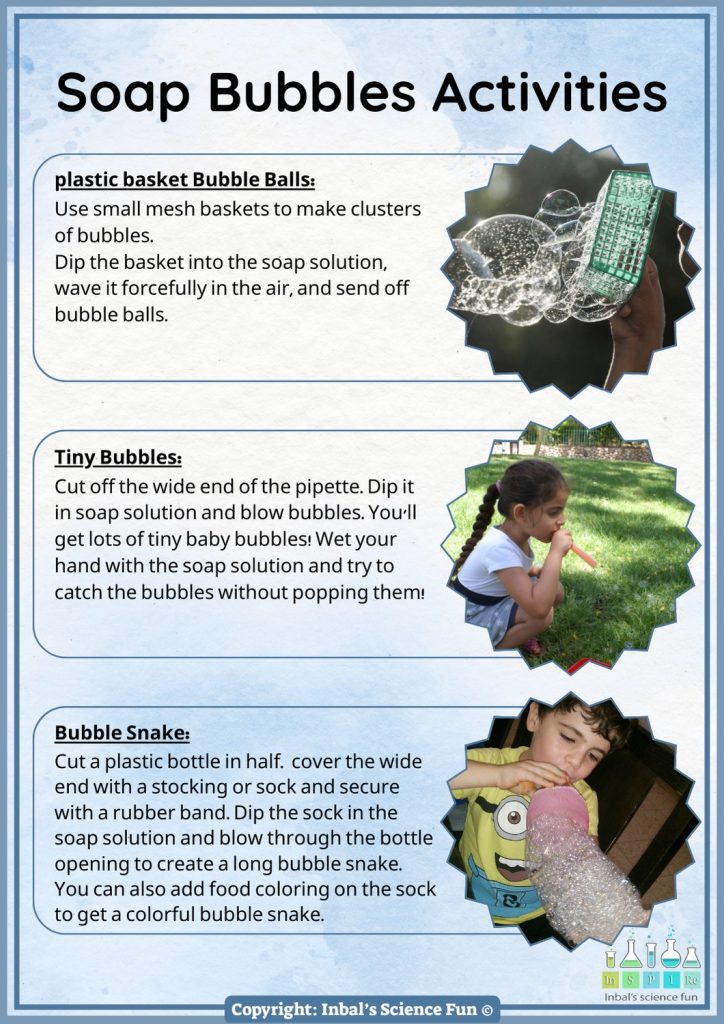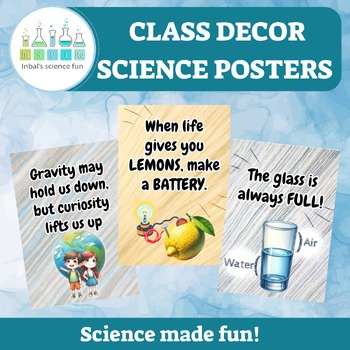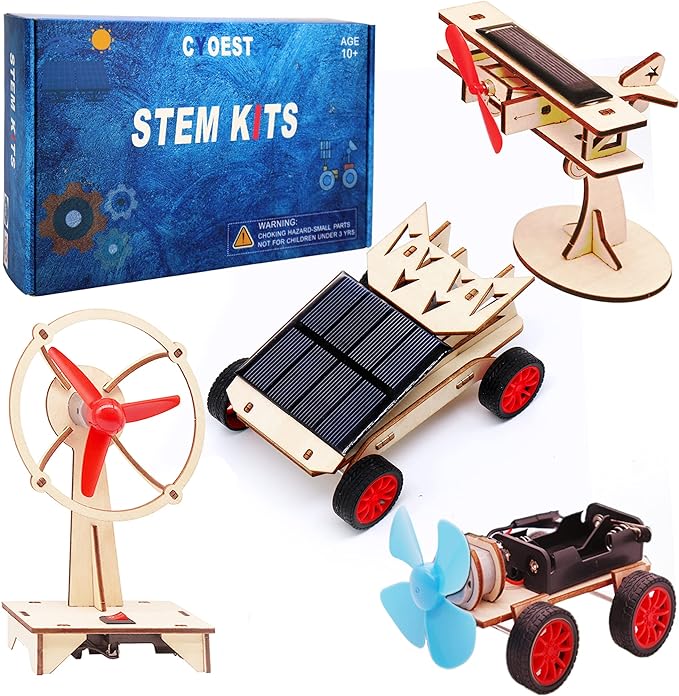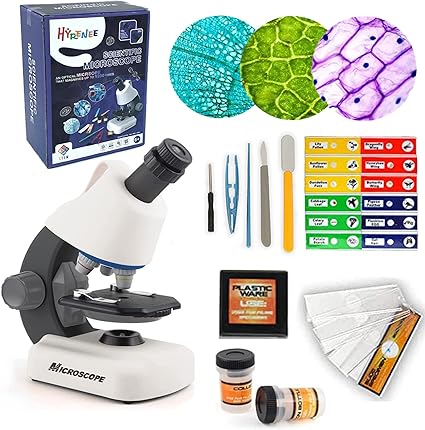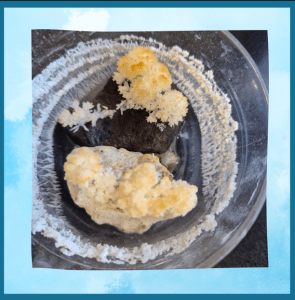Soap Bubbles in Action
Soap bubbles are a fun and easy way to learn about science. They are colorful, delicate, and can be made using simple materials found at home. In this post, we’ll explore a few exciting activities with soap bubbles that kids will love. These activities are perfect for learning about how bubbles form, why they are round, and what makes them pop. So, get ready to have some bubbly fun while discovering the science behind these fascinating floating spheres!
The Science Behind Soap Bubbles:
There are attractive forces between water molecules called surface tension. These forces cause water molecules to cling to each other and form round droplets. You can imagine this like a ball made of sticky rice, where the rice grains are the water molecules.
To create a soap bubble, the water needs to form thin surfaces instead of round droplets. The role of soap is to weaken the attractive forces between the water molecules. When these forces are weakened, the water molecules cling to each other less, making it possible to create the thin surface required for a soap bubble.
Returning to the example of the sticky rice ball, the soap cancels out the stickiness and allows the rice grains to separate and form a thin, uniform surface.
Soap bubbles always strive to be round. No matter the shape of the bubble wand, the bubble itself will ultimately be spherical. Why is this so? The reason is that the bubble naturally seeks to create the most stable structure. The vulnerable area of the bubble, from which the water evaporates, is the surface area. The sphere is the most efficient and stable shape because, in a sphere, the ratio of surface area to volume is the smallest.
In other words, if we take a cube or any other shape with a certain volume, its surface area will be larger than that of a sphere with the same volume.


